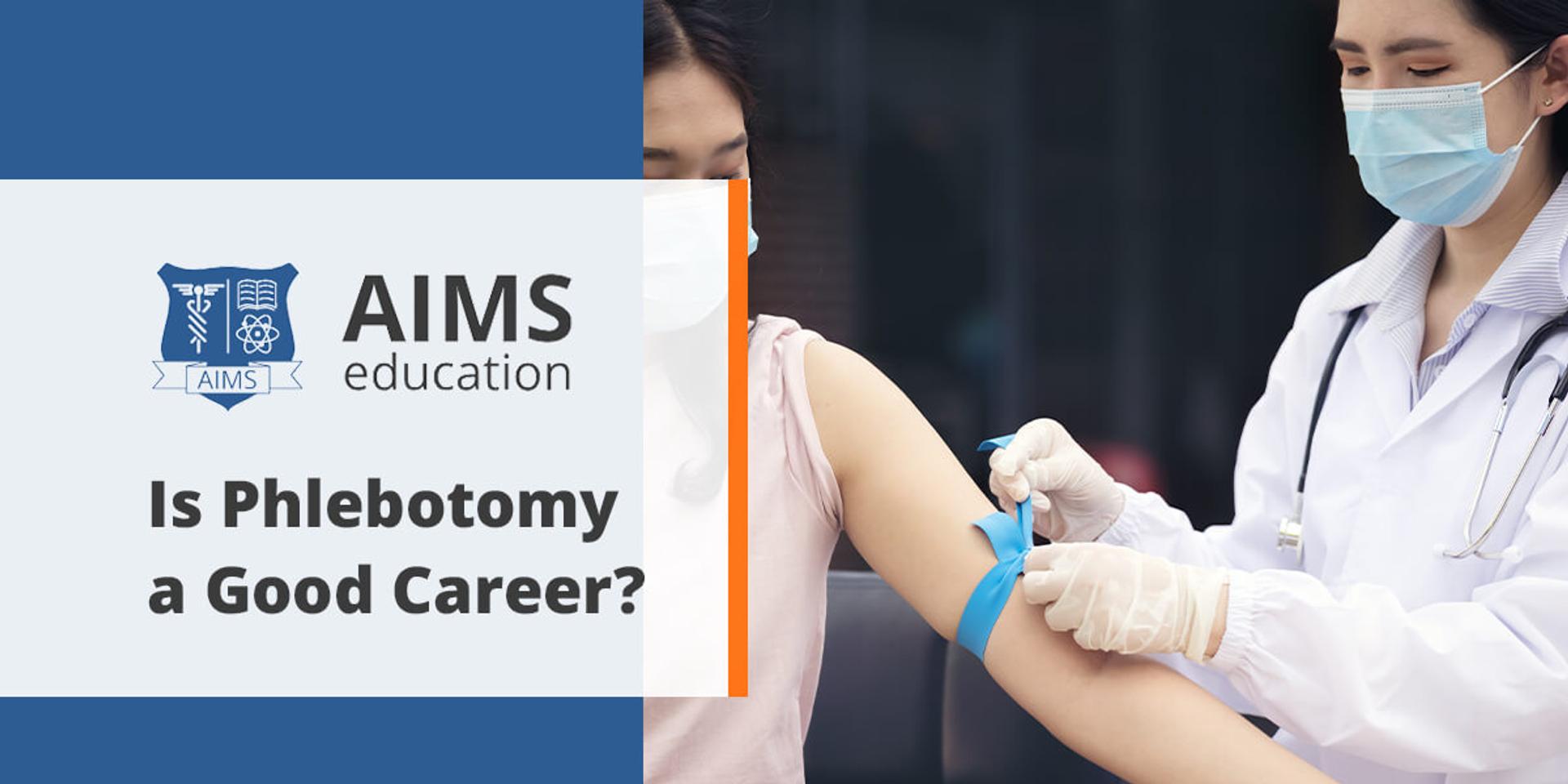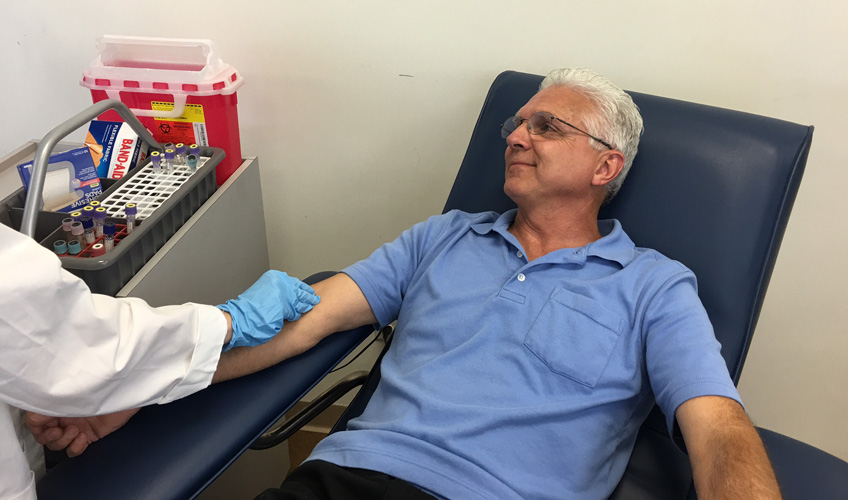The Best Guide To Northeast Medical Institute - New Haven Campus Phlebotomy Course & Cna Class
The Best Guide To Northeast Medical Institute - New Haven Campus Phlebotomy Course & Cna Class
Blog Article
The smart Trick of Northeast Medical Institute - New Haven Campus Phlebotomy Course & Cna Class That Nobody is Discussing
Table of ContentsTop Guidelines Of Northeast Medical Institute - New Haven Campus Phlebotomy Course & Cna ClassThe Best Strategy To Use For Northeast Medical Institute - New Haven Campus Phlebotomy Course & Cna ClassThe Northeast Medical Institute - New Haven Campus Phlebotomy Course & Cna Class DiariesWhat Does Northeast Medical Institute - New Haven Campus Phlebotomy Course & Cna Class Mean?What Does Northeast Medical Institute - New Haven Campus Phlebotomy Course & Cna Class Do?The 15-Second Trick For Northeast Medical Institute - New Haven Campus Phlebotomy Course & Cna Class
However, using such gadgets ought to be come with by various other infection avoidance and control methods, and training in their usage. Not all security devices are relevant to phlebotomy. Prior to selecting a safety-engineered tool, individuals ought to thoroughly check out offered devices to determine their ideal use, compatibility with existing phlebotomy practices, and efficacy in shielding staff and people (12, 33).For settings with reduced sources, price is a driving aspect in procurement of safety-engineered devices - Phlebotomy Training. Where safety-engineered devices are not offered, skilled use a needle and syringe serves. Accidental direct exposure and certain information concerning an event must be taped in a register. Assistance services should be advertised for those who undertake accidental exposure.
labelling); transport problems; interpretation of outcomes for clinical management. In an outpatient division or facility, give a devoted phlebotomy workstation containing: a clean surface area with two chairs (one for the phlebotomist and the other for the client); a hand clean container with soap, running water and paper towels; alcohol hand rub. In the blood-sampling space for an outpatient division or clinic, give a comfy reclining sofa with an arm remainder.
Northeast Medical Institute - New Haven Campus Phlebotomy Course & Cna Class Fundamentals Explained
Make certain that the indicators for blood sampling are clearly specified, either in a composed method or in documented guidelines (e.g. in a research laboratory type). At all times, comply with the approaches for infection avoidance and control detailed in Table 2.2. Infection avoidance and control practices. Collect all the tools needed for the procedure and place it within secure and very easy reach on a tray or cart, making certain that all the items are plainly visible.
Where the patient is grown-up and conscious, adhere to the actions described below. Introduce on your own to the person, and ask the client to specify their complete name. Inspect that the lab type matches the patient's identification (i.e. match the person's information with the research laboratory type, to make certain exact identification). Ask whether the license has allergic reactions, phobias or has ever fainted during previous injections or blood draws.
Make the client comfy in a supine setting (if feasible). Area a clean paper or towel under the patient's arm. Discuss the test to be done (see Annex F) and acquire verbal permission. The patient has a right to reject a test any time prior to the blood tasting, so it is essential to make sure that the client has actually understood the treatment.
The 7-Minute Rule for Northeast Medical Institute - New Haven Campus Phlebotomy Course & Cna Class
Prolong the patient's arm and check the antecubital fossa or forearm. Situate a vein of an excellent dimension that shows up, straight and clear. The representation in Area 2.3, shows typical placements of the vessels, but lots of variants are possible. The average cubital capillary exists between muscular tissues and is usually the most easy to pierce.
DO his response NOT place the needle where capillaries are drawing away, since this enhances the chance of a haematoma. Locating the blood vessel will certainly aid in establishing the proper dimension of needle.
Specimens from main lines carry a danger of contamination or incorrect lab test outcomes. It is acceptable, yet not optimal, to draw blood samplings when very first presenting an in-dwelling venous device, prior to connecting the cannula to the intravenous liquids.
Our Northeast Medical Institute - New Haven Campus Phlebotomy Course & Cna Class Statements
Failure to enable adequate call time raises the danger of contamination. DO NOT touch the cleansed website; in specific, DO NOT position a finger over the blood vessel to lead the shaft of the subjected needle.
Ask the individual to create a hand so the blood vessels are more popular. Go into the capillary swiftly at a 30 degree angle or less, and continue to introduce the needle along the vein at the most convenient angle of access - CNA Courses. As soon as enough blood has been collected, release the tourniquet BEFORE taking out the needle
Our Northeast Medical Institute - New Haven Campus Phlebotomy Course & Cna Class Statements
Withdraw the needle gently and apply mild pressure to the site with a clean gauze or completely dry cotton-wool sphere. Ask the individual to hold the gauze or cotton wool in place, with the arm extended and raised. Ask the individual NOT to flex the arm, since doing so triggers a haematoma.

Northeast Medical Institute - New Haven Campus Phlebotomy Course & Cna Class Things To Know Before You Buy
Where possible, maintain the tubes in a shelf and relocate the shelf in the direction of you - https://medium.com/@gordonmarvin28/about. If the sample tube does not have a rubber stopper, inject extremely gradually into the tube as decreasing the pressure and speed utilized to move the sampling lowers the danger of haemolysis.

Report this page